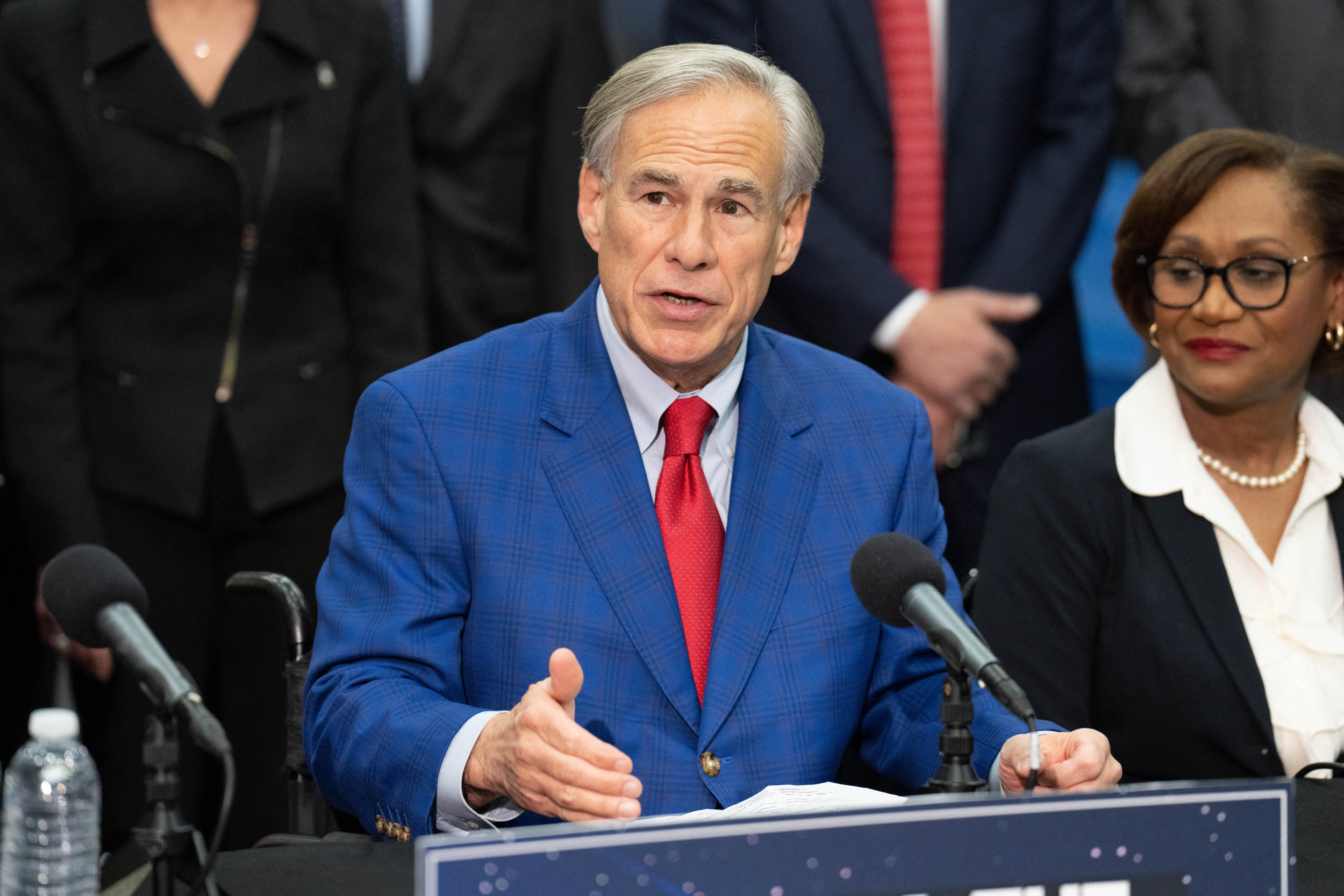While wealthy countries worry about a spreading credit crisis, the world's poor have a more basic concern: food. The overall cost of staples like corn, wheat and soybeans has jumped by more than 50 percent since last June. Riots related to food prices have broken out in many countries, including Egypt, Indonesia and Haiti. Josette Sheeran, the executive director of the United Nations World Food Programme, has referred to a "perfect storm" of conditions driving prices up: surging demand for agricultural products as an alternative fuel source, the growing food needs of developing countries like China and India, higher transportation costs, droughts and floods. But for the first time, Sheeran says, the WFP is making an emergency appeal based purely on adverse market forces. In March Sheeran appealed for an extra $500 million from donors to help cover rising costs. Then, within weeks of making the plea, food prices jumped another 20 percent. Sheeran, an American who previously served as Under Secretary for Economic, Energy and Agricultural Affairs in the U.S. State Department, spoke to NEWSWEEK's Jeffrey Bartholet. Excerpts:
NEWSWEEK: You issued an appeal in March to fill a $500 million shortfall. What has been the response?
Josette Sheeran: All these food prices had gone into an aggressive pattern starting in June, after years of climbing up. So in February we felt we needed to stop and say, "What's the [financing] gap?" We established the $500 million figure. Since then the gap has grown another 20 percent.
So you're up to $600 million?
Or $700 million, depending on where things are on a particular day.
Has anybody ponied up?
Yes, I think we're going to see some major support throughout the world. And we've already had some contributions, which are extremely helpful and significant for what they symbolize. Brazil has contributed to help Haiti; we had a very nice contribution from Spain. But the United States, Europe, Japan, Canada, Australia—we're looking at what [their donations] will look like. We've had a very serious, roll-up-our-sleeves reception from everyone to try to help us do this.
What is the primary factor driving this surge in prices?
The number one factor I look at is the price of oil. It may seem a strange thing, as I'm in the hunger field, but I wake up every morning and start in the back of the paper and I look at the price of oil, because if the price of oil stays high or goes higher, I know that the energy buyers in food markets will be buying food as an energy input at a very expensive price. That is the world we are in now that is new.
Are you saying that because people are buying ethanol—
The demand for food as an input into energy production, whether it's biodiesel or bioethanol or any of these, is a global phenomenon. And it affects everything from palm oil to cassava to everything else … There isn't much marginal room in the global food supply system. We've been consuming more food than we produce for the last three years.
"We" meaning the world?
Yes, we the world. Now, there's a point at which it doesn't economically make sense to buy food as an energy input. It's pretty low; it's apparently when oil hits about $70 a barrel. So anything above that makes food a very viable energy production input.
So the people here in the United States who are putting corn-fed stoves in their homes or running cars on ethanol—perhaps thinking they're saving the planet, preventing global warming and so forth—are they in fact contributing to global hunger?
Right now I have a concern about the actual amount of food available for food supplies. And use of food as a fuel source is helping drive up prices and putting people in the hunger category.
Who is benefiting from the high prices?
Many farmers are, and that's good news. But for us, half of the hunger we address in Africa, for example, [is experienced by] farmers who can't produce enough for their own families. So there's been a sense of giddiness in the world that the poor farmer's day has come … but there are indications that poor farmers have not been able to access this boom, mainly because of the high cost of doing farming. If you're not producing enough for your own family, you're not actually going to make any money from high food prices. You're going to get hurt when you go to market [to buy seed or fertilizer, for instance]. In many places these poor farmers are actually planting less now than they were a year ago. So in Kenya fertilizer has gone from 1,700 Kenyan shillings for a bag in December to 4,000 now. They can't afford the diesel to till; they can't afford the fertilizer or the seeds. We haven't done a systematic, global look at this, but early anecdotal evidence [suggests] a new concern.
How concerned are world leaders about the political ramifications of high food prices?
There is a growing awareness that we have a global challenge of fairly significant proportions … That leads to [another] concern: the actual availability of enough food. We've already had a couple of situations where it's been hard to secure food for our programs.
Is the distinction you're making here between food that can be bought at higher cost and your ability to secure food at any price?
WFP procures food in over 80 countries around the world. Half of our contributions are in cash; half are in-kind agricultural contributions. But even those are bought on open markets now. Even the U.S. contribution, which is given to us as wheat in a dollar amount, then has to be purchased on U.S. open markets. It has to be purchased here. But we're in a post-surplus world. It's not your grandmother's food aid, where we'd get a call saying, "We have a warehouse full of wheat. Do you have hungry people?" That era is done. WFP has been out of the surplus business for at least five years. In November the U.S. durum wheat supply for 2007-8 was already sold out. It was overbooked, done. If I get $300 million to buy wheat for Darfur [I have to ask], "Is there wheat to buy?" In the fall we were trying to buy wheat in Asia to produce biscuits for victims of the floods in North Korea. And for the first time in memory in our building, we couldn't initially find the wheat anywhere in Asia. It took a week or 10 days to identify enough wheat to produce the biscuits.
Looking forward, there's every prospect that oil prices will remain above $70 a barrel. Alternative fuels are being subsidized. Do you have a projection on where food prices will be a year from now?
I have seen no projections anywhere that over the next two or three years we'll see declining prices. In February we were told that prices had reached a platform, and then they went up another 20 percent for us. There are so many factors that determine this. Now a bad harvest could tip this in a very bad way.
To what extent are environmentalists and people like you getting together to think about a more holistic approach to environment and hunger issues?
We're in a world that is so interconnected that we can no longer look for solutions within silos of concern. Hunger and the environment and climate change and opportunity for growth are all interlinked, and you change one lever here and it impacts [another] over there.
Here in America people often don't get a sense of hunger unless they see pictures of starving kids. Is this an issue you face—that people do not really get the message until they see babies with distended bellies on their television screens?
Absolutely. The new face of hunger is angry riots around the world. And the new face of hunger is a quiet market change that undermines peoples' ability to buy basic needs. It's in this slum here and this village there. It's been very hard to put a face on this. Typically what we're seeing is that people who make two dollars or less a day are cutting out health care or education. Even at very abject poverty levels of two dollars a day, there's a little room before food starts being sacrificed. At one dollar a day we're seeing people giving up protein and vegetables. For people at less than 50 cents a day, if they were getting three helpings of a staple before, that may be down to two portions or one portion. If a child does not have adequate nutritional input at under two years old, that is something that has a lifetime impact.
Uncommon Knowledge
Newsweek is committed to challenging conventional wisdom and finding connections in the search for common ground.
Newsweek is committed to challenging conventional wisdom and finding connections in the search for common ground.
About the writer
To read how Newsweek uses AI as a newsroom tool, Click here.








